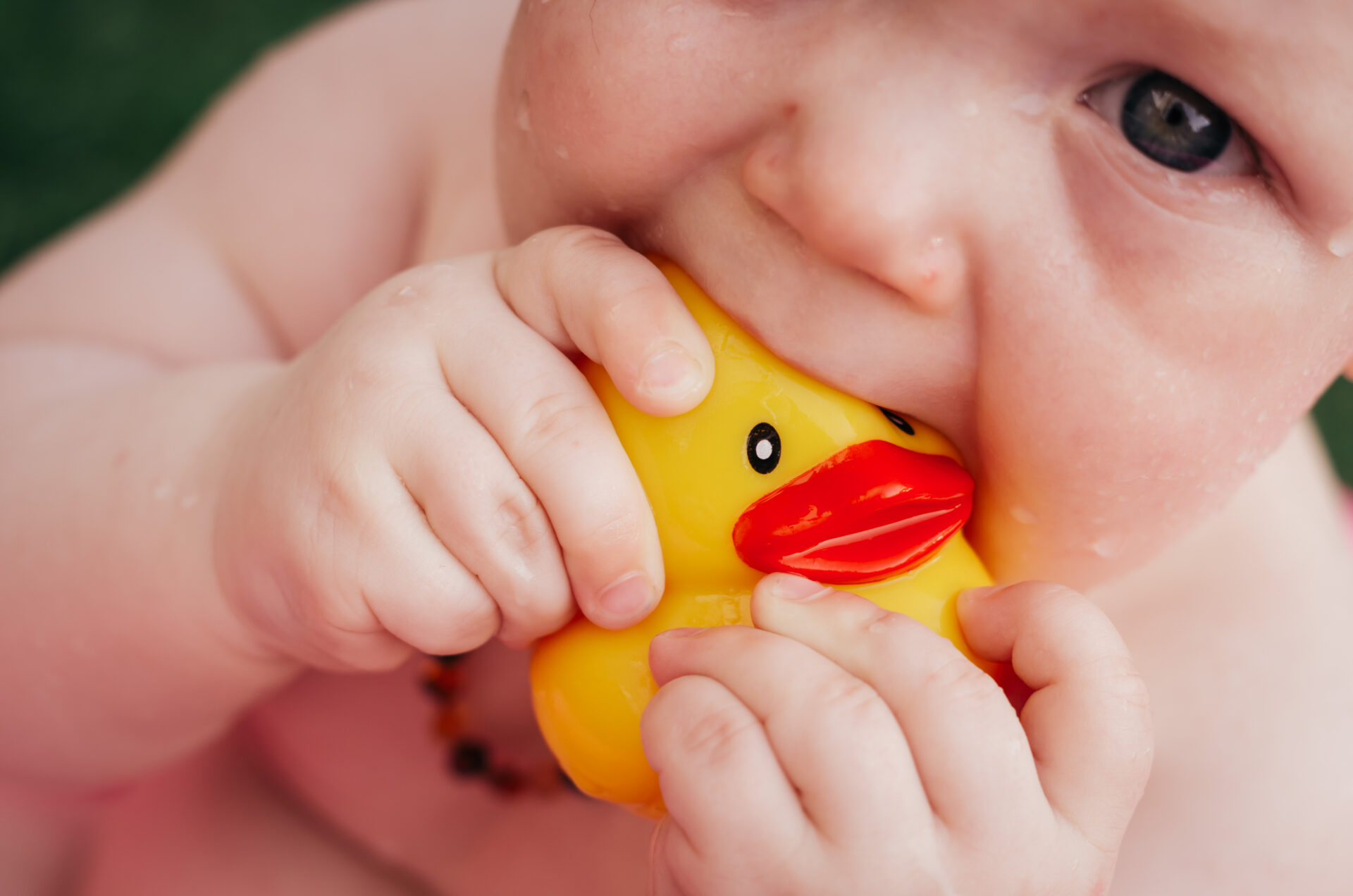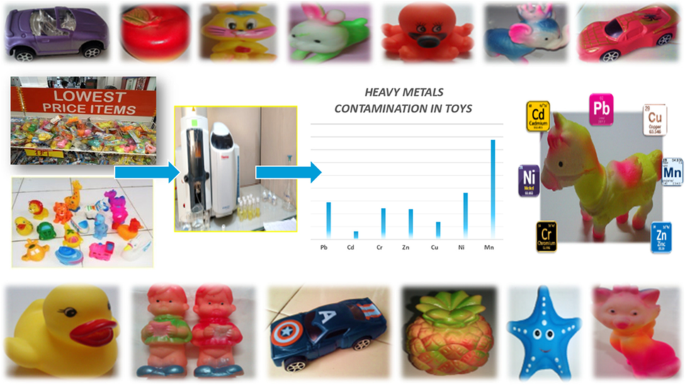Negative Effects of Plastic Toys on Children and Safe Toy Selection Guide
Negative Effects of Plastic Toys on Children and Safe Toy Selection Guide
Plastic toys are a staple in many households, offering colorful and interactive play experiences. However, recent studies have raised concerns about the potential health risks associated with plastic toys, especially when they contain harmful chemicals or degrade over time. In this blog post, we’ll explore the negative effects of plastic toys on children and provide practical tips for choosing safer alternatives.
Why Are Plastic Toys Potentially Harmful to Children?
Plastic toys can pose health risks due to their composition and degradation over time. Here are the key reasons why plastic toys might not be as safe as they seem:
- Chemical Additives: Many plastic toys contain harmful substances like BPA, phthalates, and PVC.
- Microplastic Shedding: As toys break down or wear out, they can release tiny plastic particles that children might inhale or ingest.
- Lead and Heavy Metal Contamination: Some toys are coated with paints or dyes containing lead or other toxic substances.
- Fire Retardants: Some plastic toys have added chemicals to resist flames, but these can leach out over time.
Health Risks Associated with Plastic Toys
The following are some potential health risks linked to exposure to plastic toys:
1. Hormonal Disruption
- Endocrine Disruptors: Chemicals like BPA and phthalates interfere with hormone regulation.
- Early Puberty and Growth Issues: Continuous exposure can lead to hormonal imbalances.
- Behavioral Problems: Disrupted hormone levels may affect mood and cognitive functions.
2. Respiratory Issues
- Inhalation of Microplastics: As toys degrade, tiny particles become airborne, potentially causing respiratory irritation.
- Asthma Triggers: Some plastic additives can exacerbate asthma symptoms.
- Allergic Reactions: Chemicals from degraded plastic can trigger allergies and sensitivities.
3. Digestive and Immune System Problems
- Oral Exposure: Babies and toddlers often put toys in their mouths, increasing ingestion risks.
- Gastrointestinal Irritation: Ingested microplastics may cause inflammation or disrupt gut health.
- Immune Suppression: Chronic exposure to plastic chemicals can weaken the immune system.
4. Developmental and Cognitive Concerns
- Neurological Impact: Certain plastic additives are linked to reduced cognitive performance and developmental delays.
- Learning Disabilities: Chemicals like lead or mercury in some toys can impair brain function.
- Behavioral Changes: Persistent exposure to toxic substances can lead to mood and attention issues.
Safe Toy Selection Guide: What to Look For
Choosing safer toys can significantly reduce potential risks. Here’s what to consider:
1. Material Safety
- Opt for Natural Materials: Choose wooden, fabric, or silicone toys over plastic.
- Certified Non-Toxic: Look for labels indicating BPA-free, PVC-free, and phthalate-free.
- Eco-Friendly Brands: Some brands specifically focus on sustainable, chemical-free toys.
2. Manufacturing Standards
- Check for Safety Certifications: Look for certifications like ASTM or EN71 that ensure safety standards.
- Made in Reliable Countries: Some countries have stricter regulations on toy safety.
3. Avoiding Specific Hazardous Materials
- No PVC or Phthalates: These are common in flexible plastic toys.
- Lead-Free Paint: Ensure that colored toys are painted with non-toxic, lead-free paint.
- Fire Retardant-Free: Choose toys without flame-retardant chemicals.
4. Durability and Maintenance
- Washable and Easy to Clean: Reduce bacterial growth and maintain hygiene.
- Durable Design: Avoid cheap, easily breakable toys that can shed microplastics.
Recommended Safe Toy Materials
- Wood: Naturally safe and durable. Choose toys with a smooth, non-toxic finish.
- Fabric and Cotton: Look for organic and dye-free options.
- Silicone: Food-grade silicone is a safe alternative for teething and tactile toys.
- Stainless Steel: Ideal for toy parts that need to withstand wear and tear.
Final Thoughts
While plastic toys are abundant and often affordable, their potential risks to children’s health should not be overlooked. By making informed choices and opting for safer materials, parents can protect their children from harmful chemicals and long-term health consequences. Prioritize quality over quantity and ensure that your child’s playtime is both fun and safe.
Amazon best seller






Comments